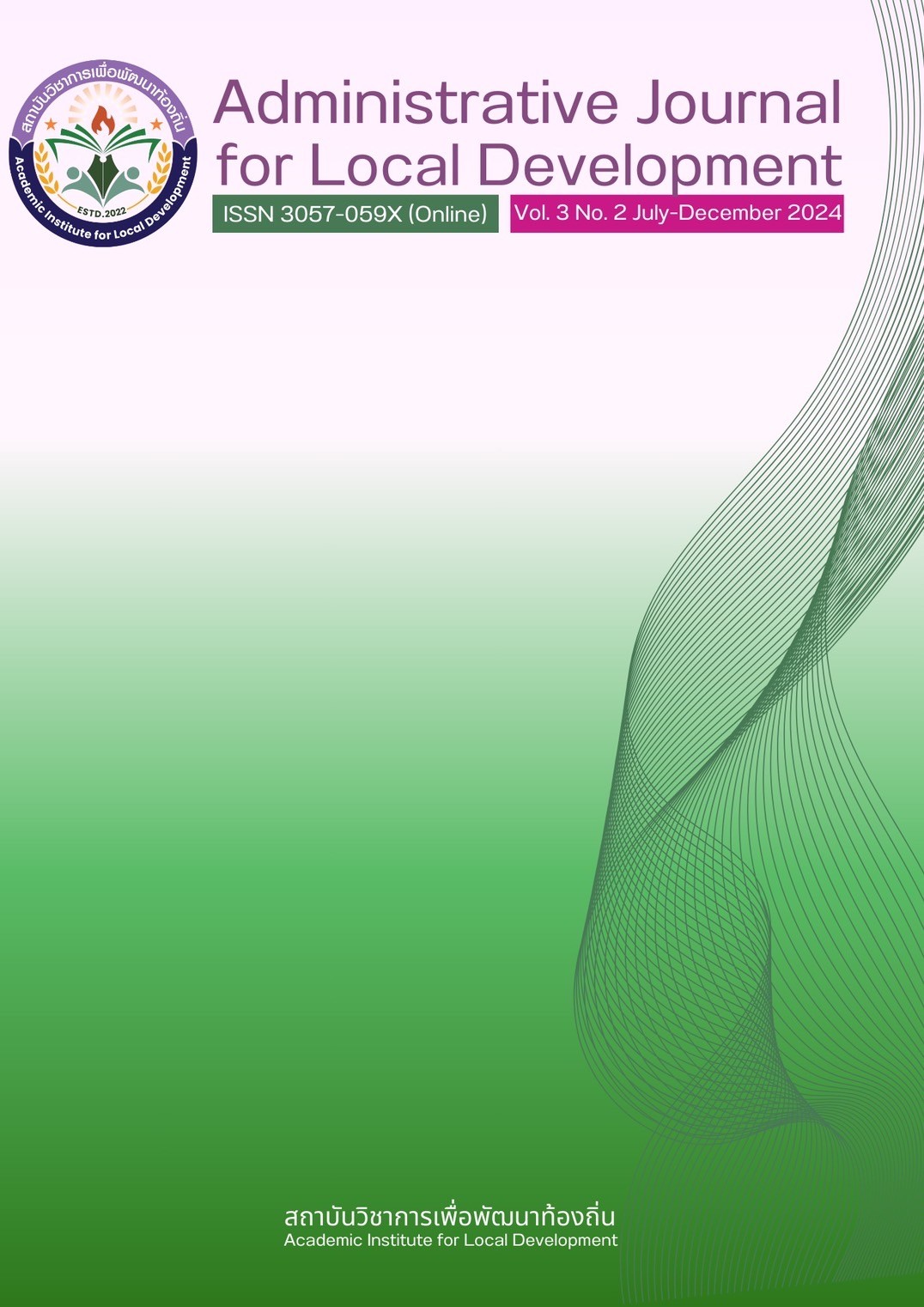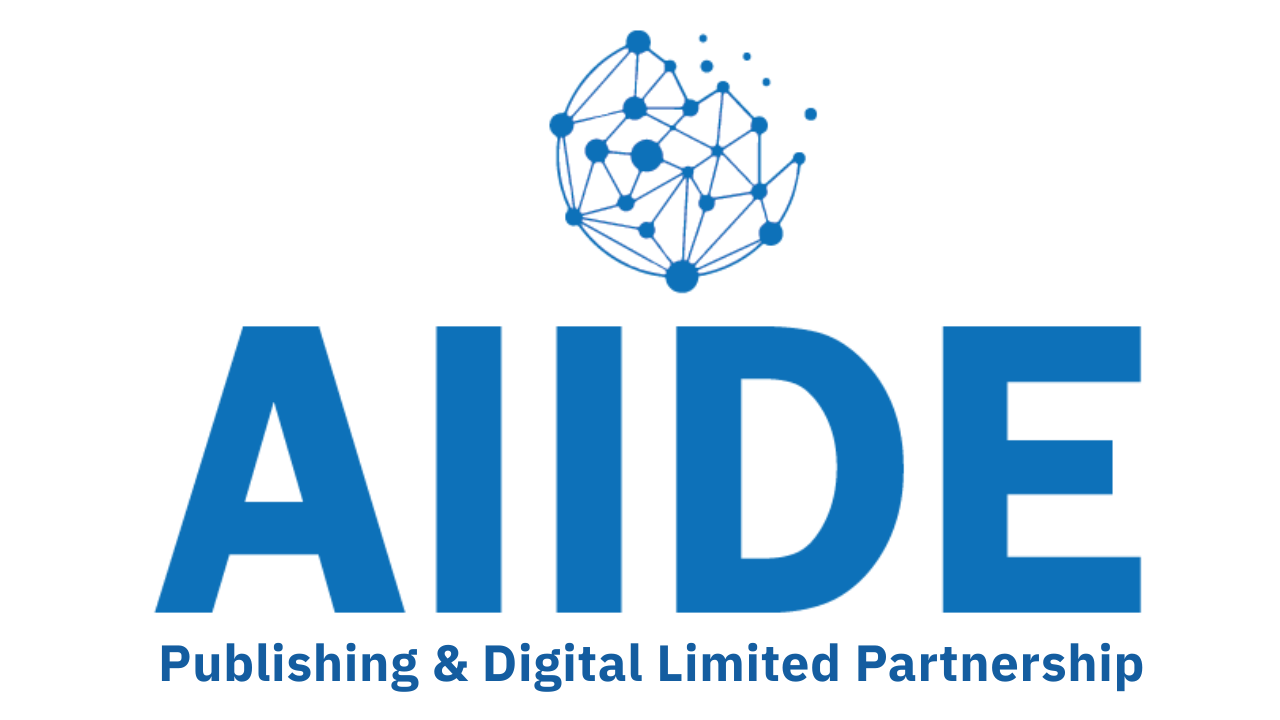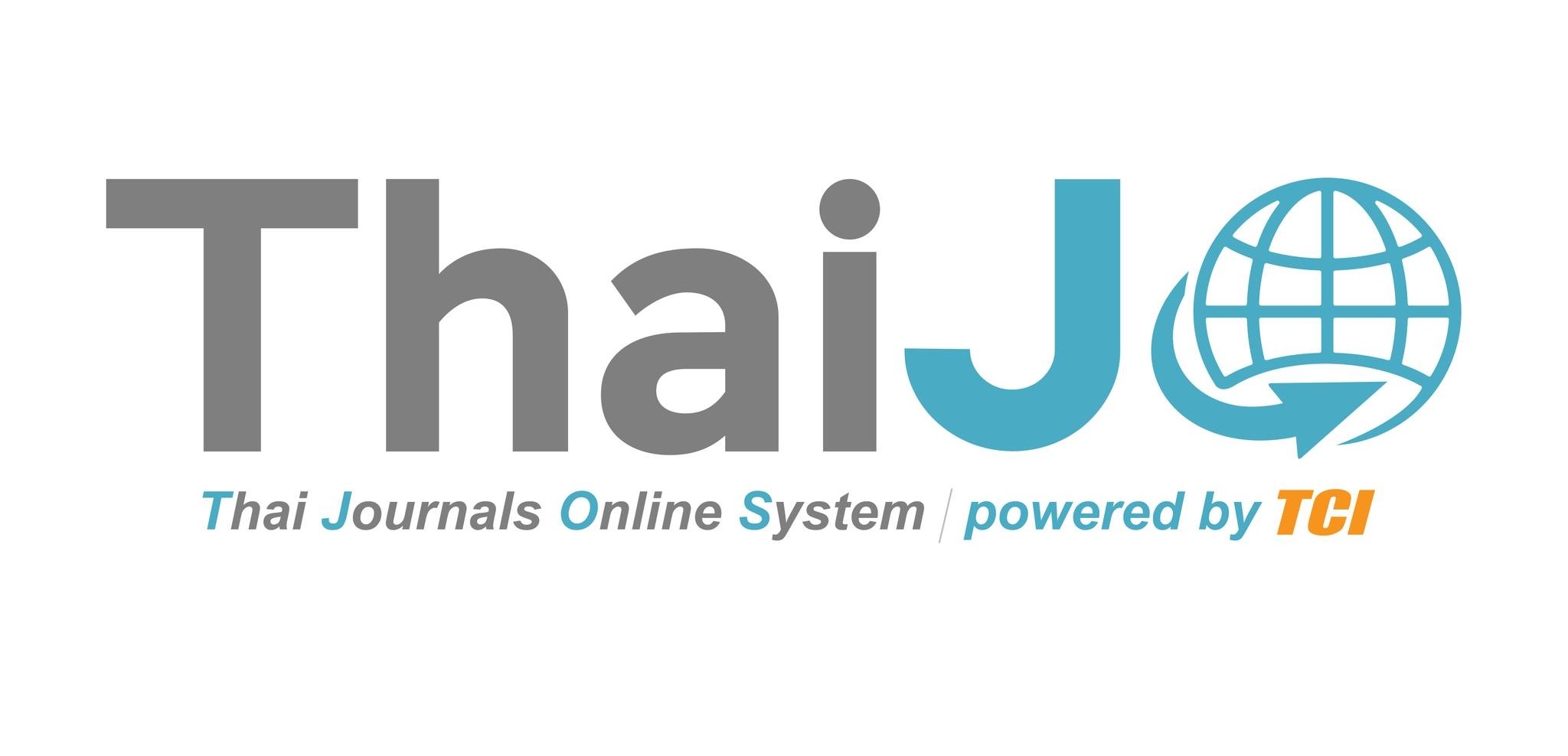Innovation for Promoting Active Learning and Diverse Assessment Methods using the PAR Model: A case study of The Secondary Educational Service Area Office Bangkok 2
DOI:
https://doi.org/10.14456/ajfld.2024.7Keywords:
Innovation, Active Learning, Measurement and EvaluationAbstract
Here's the English translation of the abstract, adhering to proper grammar: Innovation in promoting active learning and diverse assessment methods using the PAR Model is a response to the educational quality issues in Thailand, particularly in the Secondary Educational Service Area Office Bangkok 2. It has been observed that traditional teaching methods and non-diverse assessment approaches affect students' learning and academic achievement. This research aimed to 1) Develop The Innovation for Promoting Active Learning and Diverse Assessment Methods using the PAR Model: A case study of The Secondary Educational Service Area Office Bangkok 2, 2) evaluate the innovation, and 3) study the effects of implementing the innovation. The study employed a mixed-methods research design. The sample consisted of 361 school directors and teachers in schools under the Secondary Educational Service Area Office Bangkok 2, selected through stratified random sampling. The research instruments included 1) a document analysis form, 2) an in-depth interview guide, 3) an innovation evaluation form, and 4) an innovation implementation assessment form. Qualitative data were analyzed using content analysis, while quantitative data were analyzed using mean and standard deviation.
The research findings revealed that the Innovation for Promoting Active Learning and Diverse Assessment Methods using the PAR Model: A case study of The Secondary Educational Service Area Office Bangkok 2 the highest level of efficiency evaluation overall. Additionally, the assessment of the innovation's implementation also yielded the highest level of effectiveness overall.
The research findings demonstrate that the innovation in promoting active learning and diverse assessment methods using the PAR Model, as studied in the case of the Secondary Educational Service Area Office Bangkok 2, is effective in enhancing active learning management and diverse assessment approaches. The innovation received the highest rating in both efficiency and practical application, reflecting its suitability and feasibility for implementation in educational contexts. This innovation successfully addresses educational quality issues, particularly in developing essential 21st-century skills for learners. The research results highlight the potential of the PAR Model as a guideline for elevating educational quality and sustainably developing teaching and learning management in the future.
Downloads
References
สำนักงานเขตพื้นที่การศึกษามัธยมศึกษากรุงเทพมหานคร เขต 2. (2565). รายงานผลการดำเนินงานประจำปีการศึกษา 2564. กรุงเทพฯ: สำนักงานเขตพื้นที่การศึกษามัธยมศึกษากรุงเทพมหานคร เขต 2.
สำนักงานเลขาธิการสภาการศึกษา. (2563). รายงานการศึกษาไทย พ.ศ. 2561-2562. กรุงเทพฯ: พริกหวานกราฟฟิค.
หน่วยศึกษานิเทศก์ สำนักงานคณะกรรมการการศึกษาขั้นพื้นฐาน. (2562). แนวทางการนิเทศเพื่อพัฒนาและส่งเสริมการจัดการเรียนรู้เชิงลึก. กรุงเทพฯ : สำนักงานคณะกรรมการการศึกษาขั้นพื้นฐาน.
Bonwell, C. C., & Eison, J. A. (1991). Active learning: Creating excitement in the classroom. ASHE-ERIC Higher Education Reports.
Brookhart, S. M. (2015). Performance assessment : showing what students know and can do. West Palm Beach : Learning Sciences International.
Darling-Hammond, L., Flook, L., Cook-Harvey, C., Barron, B., & Osher, D. (2019). Implications for Educational Practice of the Science of Learning and Development. Applied Developmental Science, 1-44. https://doi.org/10.1080/10888691.2018.1537791
Darling-Hammond, L., Flook, L., Cook-Harvey, C., Barron, B., & Osher, D. (2020). Implications for educational practice of the science of learning and development. Applied Developmental Science, 24(2), 97-140. https://doi.org/10.1080/10888691.2018.1537791
Davis, F. (1989) Perceived Usefulness, Perceived Ease of Use, and User Acceptance of Information Technology. MIS Quarterly, 13, 319-340. https://doi.org/10.2307/249008
Freeman, S., Eddy, S. L., McDonough, M., Smith, M. K., Okoroafor, N., Jordt, H., & Wenderoth, M. P. (2014). Active learning increases student performance in science, engineering, and mathematics. Proceedings of the National Academy of Sciences, 111(23), 8410-8415.
Fullan, M. (2016). The New Meaning of Educational Change (5th ed.). Teachers College Press.
Gifkins, J. (2015). What Is ‘Active Learning’ and Why Is It Important?. E-international relations. [Online], Available: http://www.e-ir.info/2015/10/08/what-is-active learning-and-why-is-it-important. (2019, 23 January).
Partnership for 21st Century Skills. (2019). Framework for 21st century learning. http://www.battelleforkids.org/networks/p21/frameworks-resources
Prince, M. (2004). Does active learning work? A review of the research. Journal of Engineering Education, 93(3), 223-231. https://doi.org/10.1002/j.2168-9830.2004.tb00809.
Rogers, E.M. (2003). Diffusion of Innovations. Free Press, New York.
Downloads
Published
How to Cite
Issue
Section
Categories
License
Copyright (c) 2024 Administrative Journal for Local Development

This work is licensed under a Creative Commons Attribution-NonCommercial-NoDerivatives 4.0 International License.










